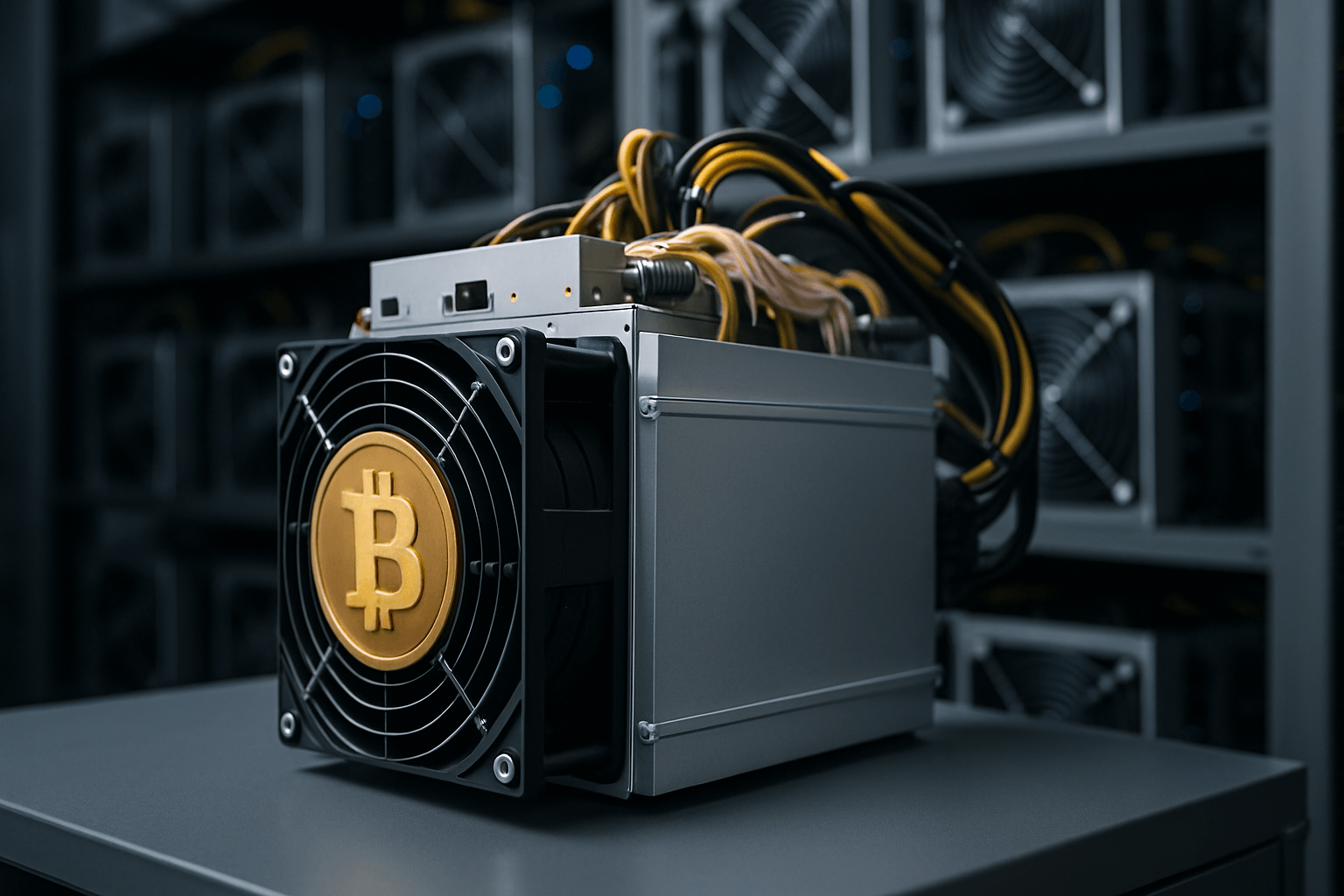Crypto & DeFi
What Is Bridging In Crypto?
November 24, 2024
Crypto & DeFi
November 24, 2024

Learn all about bridging in crypto and how it works
Crypto has changed how we think about finance with a promise of creating a new, global financial system. Yet as different blockchain networks have developed, they often end up “siloed” from one another. Each blockchain has its unique ecosystem, language, and rules, limiting the interaction of assets across networks. This is where “bridging” enters the picture. Bridging allows different blockchains to work together, moving assets between networks and expanding the ecosystem’s usability, flexibility, and reach.
As blockchain networks evolved, developers began to recognize that the advantages of decentralization came with limitations in scalability. Networks like Bitcoin and Ethereum, known as "Layer 1" blockchains, emphasize decentralization and security, yet they struggle to handle large volumes of transactions quickly and affordably as network activity increases. To enhance transaction speeds, reduce costs, and alleviate network congestion, developers created Layer 2 (L2) solutions—networks or technologies designed to operate on top of Layer 1 chains, addressing these scalability challenges directly. Today, most Layer 2s are most prominent on Ethereum.
If you're curious to learn more about Ethereum, check out our article What is Ethereum and How Does It Work.
The design of Layer 1 networks doesn’t inherently allow assets to be moved across different blockchains. A bitcoin, for instance, can’t just “appear” on the Ethereum blockchain. Similarly a token on one Layer 2 on Ethereum, can’t just “appear” on another Layer 2 on Ethereum. Assets are generally tied to their home chains, which can limit their use and value in the broader ecosystem. Bridging serves as a tool to help blockchains communicate and transfer assets back and forth across different chains.
Layer 2 solutions were created to alleviate some of the strain on Layer 1 networks. By processing transactions off the main chain and bundling them before recording them on the Layer 1 chain, Layer 2 networks achieve faster and cheaper transactions while benefiting from the security of the Layer 1 network. Ethereum, for instance, benefits from various Layer 2 solutions such as Optimistic Rollups and zk-Rollups that handle the bulk of smaller transactions, reducing the load on the Ethereum mainnet.
Bridging is essentially a method of locking assets on one blockchain and creating an equivalent representation on another. To bridge an asset from Layer 1 to Layer 2, users typically send the asset to a “smart contract” on the Layer 1 blockchain, which locks it in place. Then, an equivalent asset, called a “wrapped” or “bridged” token, is created on the Layer 2 network. This wrapped token represents the locked asset and can be traded or used on the Layer 2 blockchain as if it were the original.
The process reverses when users want to move assets back to the original Layer 1 network. When they send the wrapped asset back, the Layer 2 system "burns" or destroys it, signaling to the original Layer 1 smart contract to release the locked asset. This ensures that the same asset isn’t duplicated across networks, preserving the system's integrity.
Bridging solutions come in two main forms: official and unofficial. Official bridges are often created and maintained by the team behind a blockchain or Layer 2 network, which can ensure a high level of security and compliance with the network’s specifications. However, official bridges can be more restricted, only allowing movement between select networks or assets approved by the developers and with longer times to process the transactions.
Unofficial bridges, on the other hand, are usually created by third-party developers. These bridges often offer broader functionality and quicker transaction times, supporting a wider range of networks and assets. However, unofficial bridges can be riskier as they might not have the same security measures or verification processes as official bridges. Users of unofficial bridges must often weigh convenience and flexibility against the potential for security vulnerabilities.
Bridging opens up many new possibilities. It allows for greater liquidity, cross-chain transactions, and even interoperability between different DeFi platforms. For instance, Ethereum’s DeFi ecosystem can now incorporate Bitcoin through bridging solutions, enabling users to transact with BTC on Ethereum-based applications. By transferring assets across chains, bridging improves blockchain connectivity and opens up new ways for users to benefit from multiple networks.
If you want to learn more about DeFi, check out our article What is DeFi and How Does It Work.
Bridging, while a powerful tool for cross-chain interoperability, comes with risks. Security vulnerabilities are a primary concern, as complex smart contracts can be exploited, leading to potential loss of funds. Unofficial bridges can lack rigorous security measures, making them riskier than official ones. Additionally, low liquidity on some bridges can cause delays or failures in transactions, and fluctuating fees may lead to unexpected costs, especially during network congestion. Users should carefully assess a bridge's security, reputation, and liquidity before using it.
Bridging assets is a straightforward process, though it does vary slightly depending on the network and bridging platform used. Here’s a quick overview of how to bridge assets across networks:
Bridging has become a crucial mechanism in cryptocurrency, enabling assets to flow freely across blockchains and Layer 2 networks. By facilitating cross-chain liquidity, bridging helps blockchain technology live up to its promise of being universally accessible, flexible, and interoperable. As the ecosystem evolves, more secure and user-friendly bridges will continue to connect networks, bringing us closer to a truly interconnected blockchain world. Whether through official, protocol-endorsed bridges or decentralized third-party solutions, bridging will continue to expand how we use and interact with digital assets.
Rocko is a new platform that enables crypto owners to easily and securely borrow from popular DeFi protocols like Aave, Compound, and Morpho and get funds in minutes — no experience needed! Use the loan to purchase real estate, pay down higher-rate debt, make everyday purchases, and much more.
Rocko also provides a loan management dashboard and tools like text and email alerts to help manage your loan and collateral. The Rocko team consists of experienced crypto enthusiasts who are ready to help you with any questions you may have. You can join the Rocko Discord server, follow our Twitter account, or visit our resource center to learn more about DeFi borrowing.
Sign up for Rocko and get a loan today!
Rocko does not guarantee the reliability of the Site content and shall not be held liable for any errors, omissions, or inaccuracies. The opinions and views expressed in any articles on rocko.co are solely those of the author(s) and do not reflect the opinions of Rocko. The information provided on the Site is for informational purposes only, and it does not constitute an endorsement of any of the products and services discussed or investment, financial, or trading advice. A qualified professional should be consulted prior to making financial decisions.

Rocko How-tos
Lock In Your Rate: How Kairos Swap Brings Fixed-Rate Lending to DeFi If you've ever borrowed against your crypto on Aave, Morpho, or similar…
September 15, 2025

Crypto & DeFi
Why Borrow Against Staked ETH? Liquid-staking tokens (LSTs) such as stETH, wstETH, cbETH and rETH let you keep earning staking rewards while…
June 17, 2025

Crypto & DeFi
Bitcoin Mining Loans: How to Fund Your Mining Business Bitcoin mining is the backbone of the Bitcoin network—a decentralized process where…
May 07, 2025